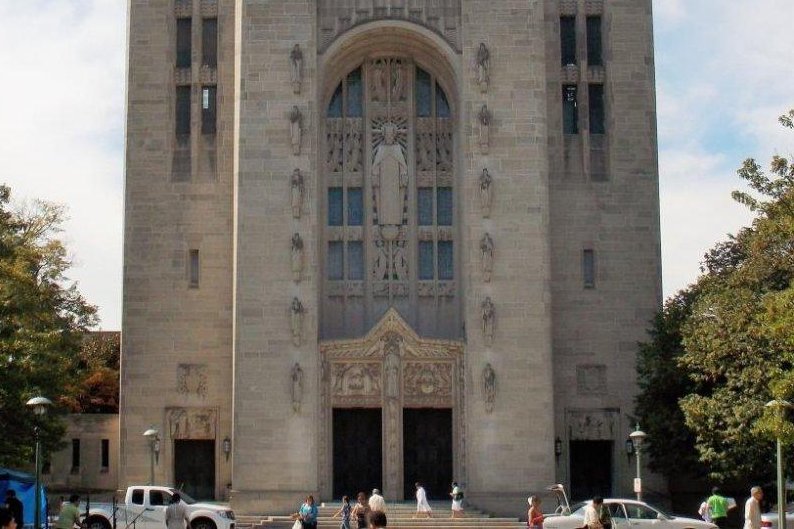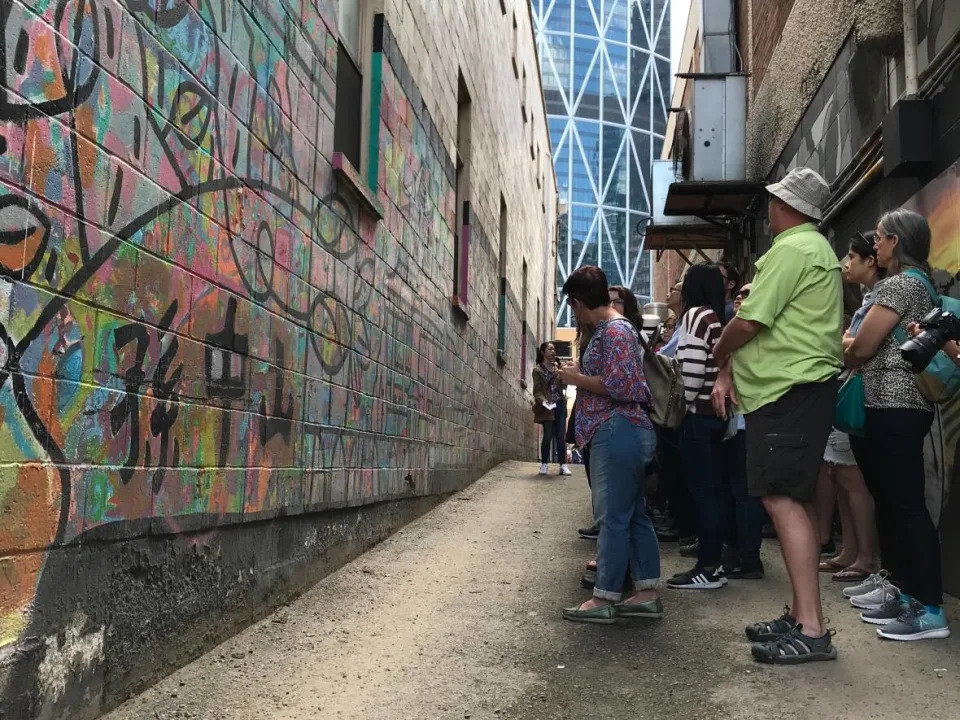By Dennis Thompson, HealthDay Reporter

Physicians, nurses, clinical staff and non-clinical support workers in health care all are experiencing substantial levels of burnout, according to a report published recently in the Journal of General Internal Medicine.
Cafeteria workers. Receptionists. Pharmacists. Janitors. Administrators. Physical therapists.
Much has been made of burnout among doctors and nurses, but a new survey has found high rates of work fatigue in nearly every type of job associated with healthcare.
Physicians, nurses, clinical staff and non-clinical support workers in healthcare all are experiencing substantial levels of burnout, according to a report published recently in the Journal of General Internal Medicine.
For example, the percentage reporting burnout was very similar between nurses (56%), clinical staff (54%), doctors (47%) and non-clinical staff (46%).
"Every member of the healthcare team is really critical to patient outcomes and patient experiences of care," said lead researcher Dr. Lisa Rotenstein, an assistant professor of medicine at Harvard Medical School. "It's just really important for us to remember that as we are trying to optimize both patient outcomes and experiences for our workforce."
For this study, Rotenstein and her colleagues surveyed workers at 206 large healthcare organizations between April and December 2020, at the height of the pandemic.
The participants included more than 15,000 physicians and 11,000 nurses.
But researchers also surveyed more than 5,000 clinical staff such as pharmacists, nurse assistants, therapists and social workers, as well as more than 11,000 non-clinical staff including housekeeping, administrators, lab technicians and food service workers.
In addition to high levels of burnout, the researchers also found that many workers intended to leave their jobs within two years -- nurses (41%), clinical and non-clinical staff (32%) and doctors (24%).
Substantial numbers also reported work overload, including 47% of nurses and clinical staff, 44% of non-clinical staff and 37% of doctors.
Little improvement after 2020
Even though the survey was conducted during the height of the pandemic, Rotenstein suspects that things haven't improved for healthcare workers in the subsequent years.
"Some of the stresses have persisted as we have moved into a new phase of the pandemic," Rotenstein said. "There are staffing shortages. There are patients who have delayed care because of the COVID pandemic, and so now we're seeing an increase in demand for healthcare. Oftentimes, healthcare workers are being asked to do more with less."
One shouldn't overlook that the pandemic extended well past 2020, adds Dr. Joe Betancourt, a primary care physician and president of The Commonwealth Fund.
"We had the hard work of the next couple of surges after that," Betancourt said. "As I reflect on that time, we were tired then and burned out, then we thought we had gotten through it -- and then we had the next surge, and then another surge. Over time, that really amplified the burnout."
A recent HealthDay/Harris Poll showed that burnout continues to be a factor in healthcare. The survey reported in February that two-thirds of doctors and nurses said they are experiencing moderate to severe burnout at work.
Cost-cutting in healthcare has led to tremendous pressure among workers at all levels, said Dr. Atul Grover, executive director of the Association of American Medical Colleges' Research and Action Institute.
"Healthcare is a very labor-intensive endeavor. Over half the costs in health systems are attributable to labor," Grover said. "If you're asking us to remove costs out of the healthcare system, you're essentially asking us to figure out either how to pay people less or get rid of people. I think that is kind of impossible, at least right now."
People seeking care these days also tend to be sicker and require more treatment, attention and paperwork, Grover added.
"We have done biomedically a very good job at improving the care of chronically ill patients, whether that is renal disease, diabetes, pulmonary disease, cancers," Grover said. "But that means that patients have multiple medical problems. They present much, much sicker in every setting."
Administrative staff have to coordinate complex care coverage with insurance companies. Nurses and doctors have more data to file into electronic health records. Support staff have to work harder to meet the basic needs of sicker patients.
Asking all these workers to do more with less can't help but affect patient care, Rotenstein said.
"We know from existing studies that burnout is associated with lower quality of care in some circumstances and then additionally with medical errors," Rotenstein said.
"The whole reason we did this study is that every member of the healthcare team impacts a patient's journey, whether that is the person at the front desk checking in the patient or seeing when the next available appointment is, to the social worker who's working with the patient or home health aides who are interacting with patients on a daily basis," Rotenstein added.
"All of those roles are critical for high quality healthcare, and so we would expect these types of workplace experiences and stress to ultimately have an impact on care delivery and, importantly, also the availability of care," she added.
Toll on empathy
Burnout also can take a toll on one of the most important emotional aspects of healthcare -- the empathy that workers have for the sick, Grover said.
"If the clinicians and counselors and even the people in food service in their health system are really stressed and unhappy, it's that much more difficult to be empathetic," Grover said.
Health systems have been trying to manage burnout through a "cottage industry" of wellness offerings, Betancourt said -- gift certificates, yoga classes, meditation groups.
"What I hear from a lot of my peers is, it's not about needing those perks," Betancourt said. "I don't have time or the energy to do those things, even if I wanted to."
Instead, attention needs to be given to developing and increasing the workforce rather than cutting it back, as well as streamlining the paperwork and approvals needed to provide care, Betancourt said.
For example, electronic health record companies could be asked to tweak their systems in ways that make it easier to enter data, through artificial intelligence and voice-to-speech recognition, Grover said.
"What can we be asking of these electronic health record companies that get billions of dollars a year from the U.S. healthcare system? What can they do to make programmatic changes and use AI to help improve and ease the burden on clinicians?" Grover said.
Healthcare systems also can be doing a better job tracking work overload and burnout among all staffers, Rotenstein said.
"We have an instrument to measure work overload, and it may be beneficial for organizations to start measuring that actually upstream of burnout and intent to leave, because once you're at the point of burnout or intent to leave, in some ways it's a little late," Rotenstein said.
"There's an opportunity to measure work overload and then to modulate workload for employees in all role types," she added. "And I'll underscore that that's particularly important in a time of healthcare staffing shortages, where certain individuals may be picking up the work of others. That is a really, I would say, important and tangible opportunity."
More information
The Office of the U.S. Surgeon General has more about health worker burnout.
Copyright © 2023 HealthDay. All rights reserved.


.png)
.png)


.png)










